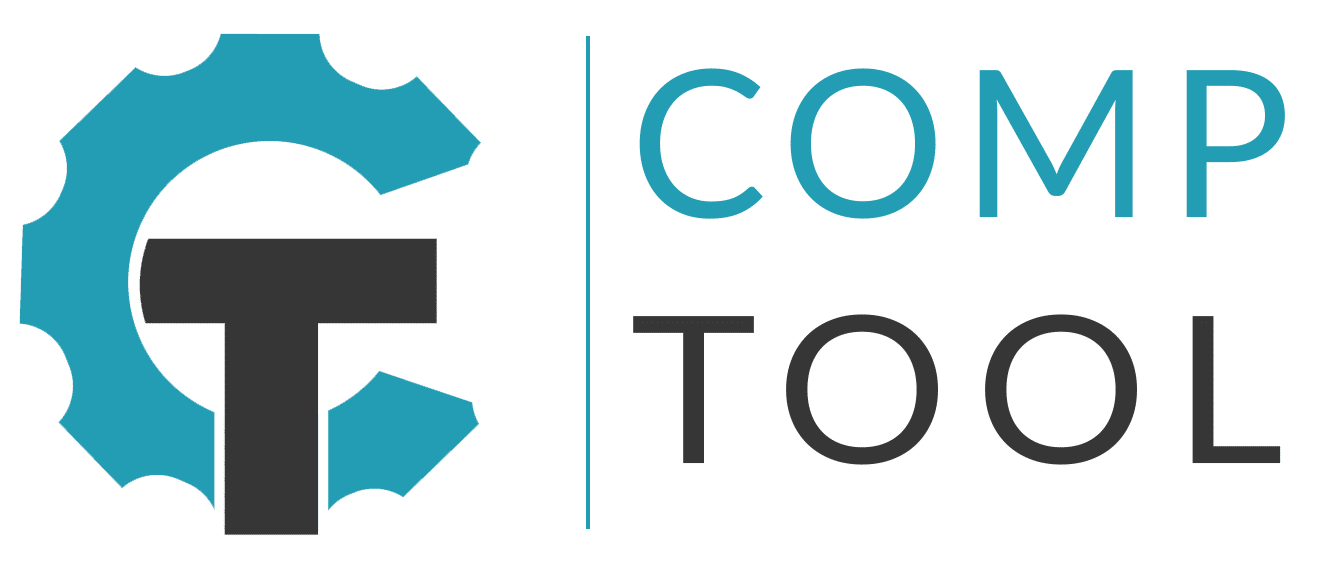Salary Increases vs Bonuses for Employee Retention
In the ever-evolving world of talent acquisition and employee retention, compensation professionals have various levers to pull to recognize, retain, and engage top talent. As we approach the end of the year, a critical time for performance reviews and compensation decisions, CompTool polled more than 400 compensation professionals to gauge their perspectives on the most impactful tools for key employee retention.

The Results: Salary Increases are Considered the Most Effective Tool for Employee Retention
According to our recent poll:
- 59% believe that salary increases are the most effective tool in retaining top talent.
- 26% consider bonuses to be the primary mechanism.
- A mere 16% see non-compensatory recognition as the most crucial factor.
Salary Increases: Award for Future Performance
The preference for salary increases is not surprising. A consistent salary increase signifies an organization’s long-term commitment to an employee. It reflects recognition of the employee’s value, not just for their past contributions but also their potential future impact. A salary increase affects an employee’s baseline pay, which compounds over time, making it a long-lasting reward. This stability is often more appealing to employees than a one-time bonus, which can be perceived as a temporary or situational gesture.
While salary increases are a favored tool for employee retention, they come with their own set of challenges. Increased salaries translate to elevated fixed costs for the company, impacting profitability and financial flexibility. This is especially concerning during economic downturns when revenues might be uncertain. Another consideration is pay equity. Although performance is a compensable factor, arbitrary or inconsistent salary hikes can lead to disparities, causing internal discord and potential legal ramifications. Thus, while salary increases are potent and the winner of our poll, they require a strategic and informed approach to be effectively implemented for employee retention.
Bonuses Recognize Past Achievements
Bonuses are often tied to specific achievements or organizational performance. They serve as a short-term incentive and can vary from year to year. Pay at risk is exactly that. While they can motivate employees to reach specific milestones, they might not necessarily foster long-term loyalty or commitment.
Bonuses, both short term incentives and spot bonuses, present their own set of considerations for businesses. Short term incentives, often tied to performance metrics, can sometimes lead employees to prioritize short-term gains over long-term sustainable growth, potentially compromising the company’s future prospects. Spot bonuses, awarded for exceptional performance or achievements (usually outside of the employees typical responsibilities), can be perceived as arbitrary, potentially leading to feelings of inequity among staff. If not communicated and executed transparently and consistently, both types of bonuses may foster a competitive rather than collaborative work environment, or create perceptions of unfairness. I
Employee Recognition is Under Rated
While only 16% of professionals deemed non-compensatory recognition as the top tool for retention, it’s worth noting its importance. Non-compensatory methods, such as public praise, awards, or additional vacation time, can play a significant role in making employees feel valued. These methods, when used in conjunction with monetary rewards, can create a holistic approach to employee appreciation.
One of my favorite TED talks, by Dan Ariely, that talks about the impact of employee praise and acknowledgement can be found in the video below. Dan’s research should be a required reading (or viewing) for every manager as it relates to employee retention.
And while employee recognition is a free lever that we can pull, there are other forms of non-compensatory compensation, listed below that may be considered:
- Professional Development: Opportunities for training, workshops, or further education.
- Flexible Working Hours: Allowing employees to adjust their working hours or work from home.
- Additional Leave: Offering extra vacation days, sabbaticals, or extended parental leave.
- Health and Wellness Programs: Providing gym memberships, wellness retreats, or mental health support.
- Recognition Programs: Employee of the month awards, public praise, or acknowledgment in company communications.
- Career Advancement Opportunities: Clear pathways for promotion or lateral movement within the organization.
- Employee Assistance Programs: Offering counseling services, legal advice, or other forms of personal support.
- Work Environment Perks: Providing a comfortable workspace, free meals, or recreational areas.
- Discounts: Offering employees discounted products or services, either from the company itself or through partnerships.
- Retirement Benefits: While these might have financial implications, they are long-term and can include things like 401(k) matches or financial planning assistance.
Stating the Obvious: A Balanced Approach is Key to Employee Retention
While salary increases are clearly the frontrunner in employee retention and retaining top talent, it’s crucial for organizations to adopt a balanced approach. A combination of competitive and fair salaries, performance-related bonuses, and genuine employeecentric recognition can create a comprehensive employee retention strategy. By understanding the preferences and motivations of their workforce, companies can tailor their compensation and recognition strategies to ensure they not only attract but also retain the best talent in the market.



One response
I would be curious to see a poll on which non-compensatory recognition is considered the most effective vehicle for retaining top talent.